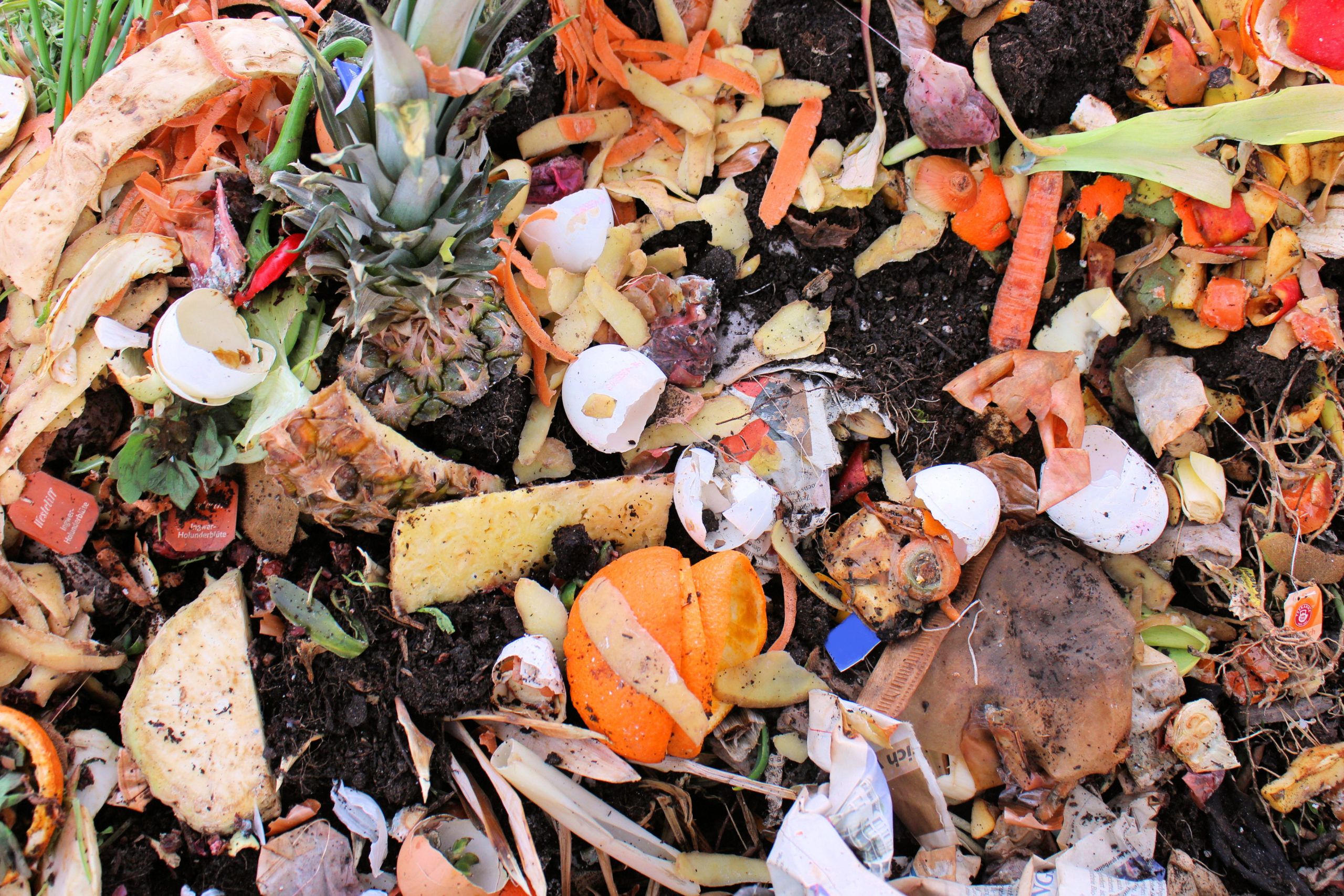Food waste-to-fertilizer technology startup WISErg has raised a $19.2 million Series C round, bringing the company’s total fundraising to $56.6 million.
The round was led by family office Laird Norton Company, with Seattle-based Second Avenue Partners and other existing investors also participating.
Founded in 2009 by ex-Microsoft employees Larry LeSueur and Jose Lugo (LeSueur has since left the company), WISErg provides grocery stores with a way to recycle expired produce and leftover prepared foods with their self-contained digester, the Harvester.
Almost any food is fair game for the Harvester, including meat, fish, and produce. The machine extracts any nutrients remaining in the food and stabilizes the solution so that it can be transferred to a WISErg location in the region. Essentially, the machine prevents the food from putrefying and reduces odors, pests, and greenhouse gas emission that commonly result from the decomposition process.
At the Washington facility, the waste material is transformed into liquid fertilizer that is 100% water soluble and approved for use in organic crop production. According to WISErg, its patented technology generates nitrogen that is more readily available compared to other organic fertilizers. There are no application restrictions and the liquid can be applied using a wide variety of fertilizer equipment including drip tape, sprayers, and overhead irrigation.
The potency of WISErg’s product are due in part to the cold process used to create the fertilizer that still removes all pathogens from the waste without heat or paseurization.
“There are various hurdles in our process that the pathogens can’t jump over,” explained CEO Brian Valentine.
WISErg will use the new funds to build a second facility in California in order to serve growers in California, Arizona, and Mexico with an eye on Central and South Americas. According to Valentine, the company sold 1.5 million gallons of fertilizer in 2017, a 300% increase on 2016.
In California, the company will try a new model where food waste is hauled from grocery stores to a central facility. About half of the new funds will go toward building and staffing up the new facility, while the other half will be put to use developing new fertilizer products. A facility producing four to nine million gallons of fertilizer annually costs under $6 million to build.
WISErg’s Seattle operation includes 14 harvesters onsite at grocery stores, which produces four million gallons of fertilizer per year. The California facility once completed will produce nine million gallons per year says Valentine.
Valentine told AgFunderNews that though food waste rescue and digestion startups are becoming slightly more common, with KDC Ag and Industrial/Organic getting going on the east coast and California Safe Soil also in California, he doesn’t see other food waste rescue businesses as competitors. “There is so much food waste that is an untapped resource at this time. The more people that can figure out how to process it and utilize it instead of dumping it or burning it, the better.”
Valentine says his real competition is with other fertilizers. WISErg’s product offering to date has been certified organic nitrogen fertilizers for fruit and vegetable farms, but the company is developing conventional products as well as fertilizers aimed at row crops like soybeans for launch later this year.
Though WISErg’s fertilizer has a two-year shelf life and travels well, the company’s largest operating cost is shipping, hence the move closer to California’s vegetable growers. Locating near growers and timing production with the growing season means that WISErg can minimize both storage and shipping costs. And Valentine plans to follow the growers.
“We absolutely have plans to be national,” he said.




